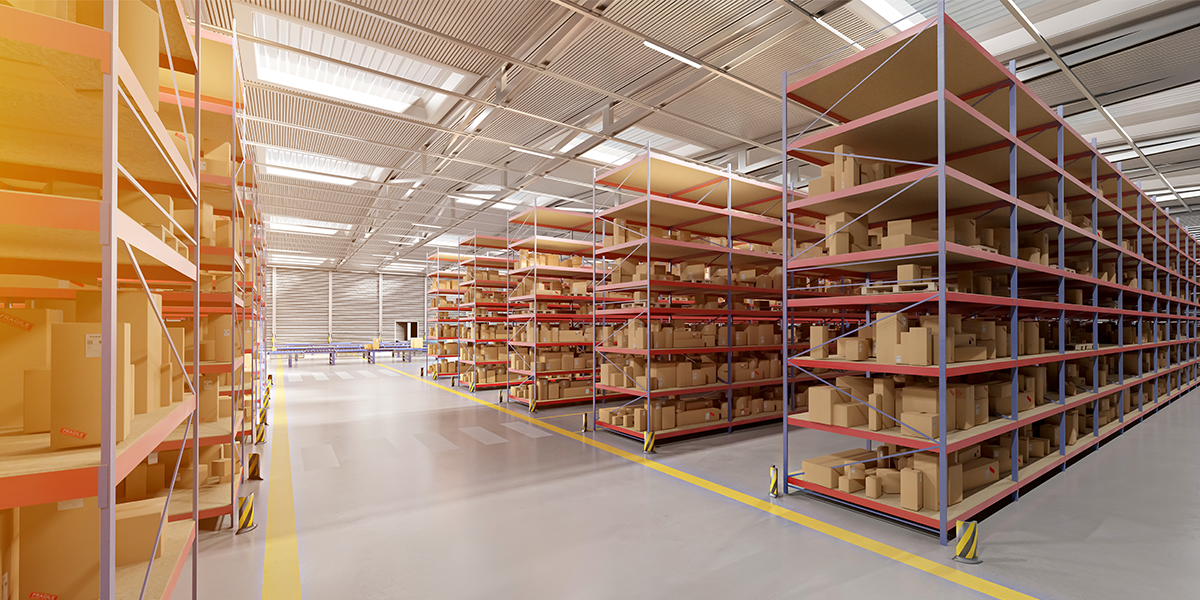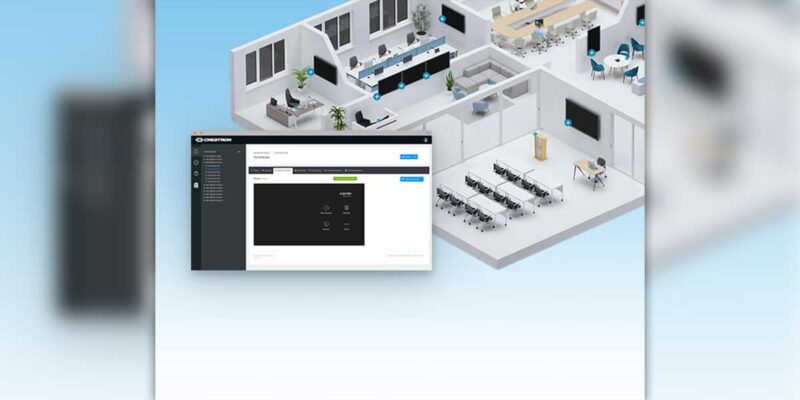Will Supply Chain and Inventory Problems Change AV?

In mid-August, Gary Kayye shared an advertisement from Aurora on his LinkedIn page. In the advertisement, Aurora took on Crestron’s well-known stock issue directly. You can read more about the various reactions in Steph Beckett’s blog post here.
The comments are interesting as a real-life experiment regarding what works with advertising — or what doesn’t.
Before I write any more, I want to be clear that my intent in this blog is not to attack any manufacturer or point fingers and say someone did a bad job. What this thread got me thinking today, however, is about how companies are surviving this time period. From all the discussions I have with my peers, it feels like manufacturers are able to provide about 25% of what we would be getting prior to March 2020. In an interview with Gary Kayye posted here at rAVe (and linked below), Dan Feldstein of Crestron indicated that schools, for example, may only be able to outfit 10 or the 90 classrooms they would typically complete over a summer (less than 10%). While I don’t think Feldstein intended that as a direct comparison of what Crestron was shipping, it is very indicative of a severe decrease in supply.
I am trying to figure out the accounting for any company that has increased demand from three years prior but is only able to ship 25% (heck even 50% or 75%) of the product they shipped that same three years ago. Additionally, the added expenses of various components, shipping and general inflation must be devastating their margin and cash flow in the business must be abysmal. We have seen several companies announce price increases of 10-25%,, but this likely does not cover the aforementioned problems.
Most troubling in my mind though is the catch-22 in which manufacturers find themselves. If a company is struggling to build its product because its supply chain is unstable, when will that ever catch up? For example, if a company keeps producing as much of Widget A as they can and then sit it on a shelf waiting for the components to arrive, at some point (maybe two years down the road) that company will have a massive overstock of half-built Widget A.
Why? Because at the same time the manufacturing division is trying to build things, the engineering division is creating new things. So the manufacturer will have some dilemmas down the road. Do they use the components as they arrive in the half-built Widget A, or do they focus incoming product on a new Widget B? If the company is smart and forward-thinking they will be designing products that rely much less on the items they get from a shaky supply chain. Can they build a newer model that has fewer components in it? Can they design a software product that can go on an OEM PC and do the same work? In essence, the dilemma is whether the product we are ordering today is the product we will want in two years and whether it will be the product the manufacturer wants to build and sell in two years.
When we think of the supply chain problems we often think about the manufacturers, but this trickles down to the integrators and end users as well. Various threads on social media tell of horror stories of houses that can not be finished because lighting, security, shades and various other automation and electronic equipment can not be supplied. Companies are risking losing thousands of dollars from these failures. Construction projects at school, restaurants, HOW and in corporate, are being held up because the product simply does not exist. How long can an integration company survive without direct cash flow from these projects?
Finally, some discussions have questioned whether manufacturers, out of desperation, may turn to the less reputable markets for various components. Doing this could potentially result in suboptimal products being delivered that are not as reliable as expected. If manufacturers cut this corner, then two years down the road their products are failing, they will have an entirely new set of problems. All of this leads to the big question of who survives in the short term and the long term. It is perfectly reasonable to assume that some, perhaps many, integrators and manufacturers will have to lay people off and suspend operations until the supply chain issues resolve. If they take too long to resolve, we may even see companies go under.




